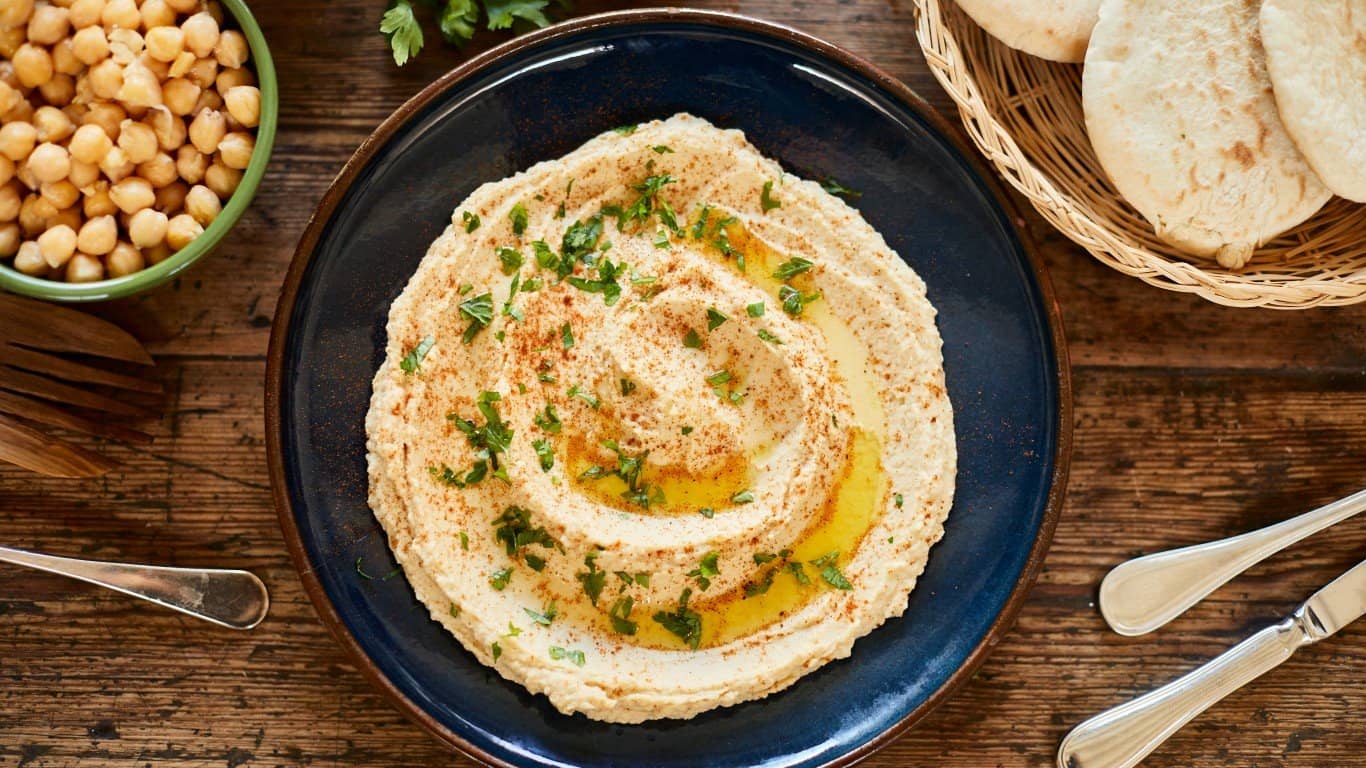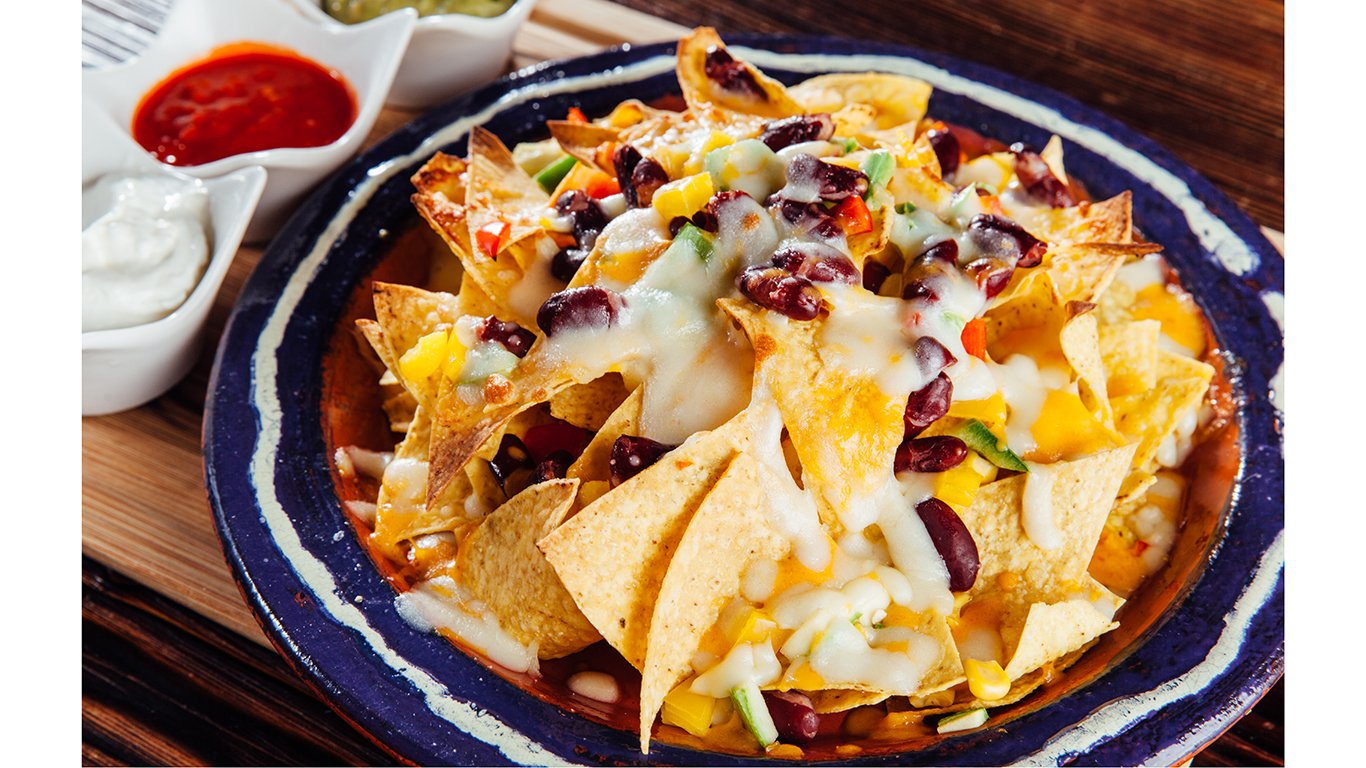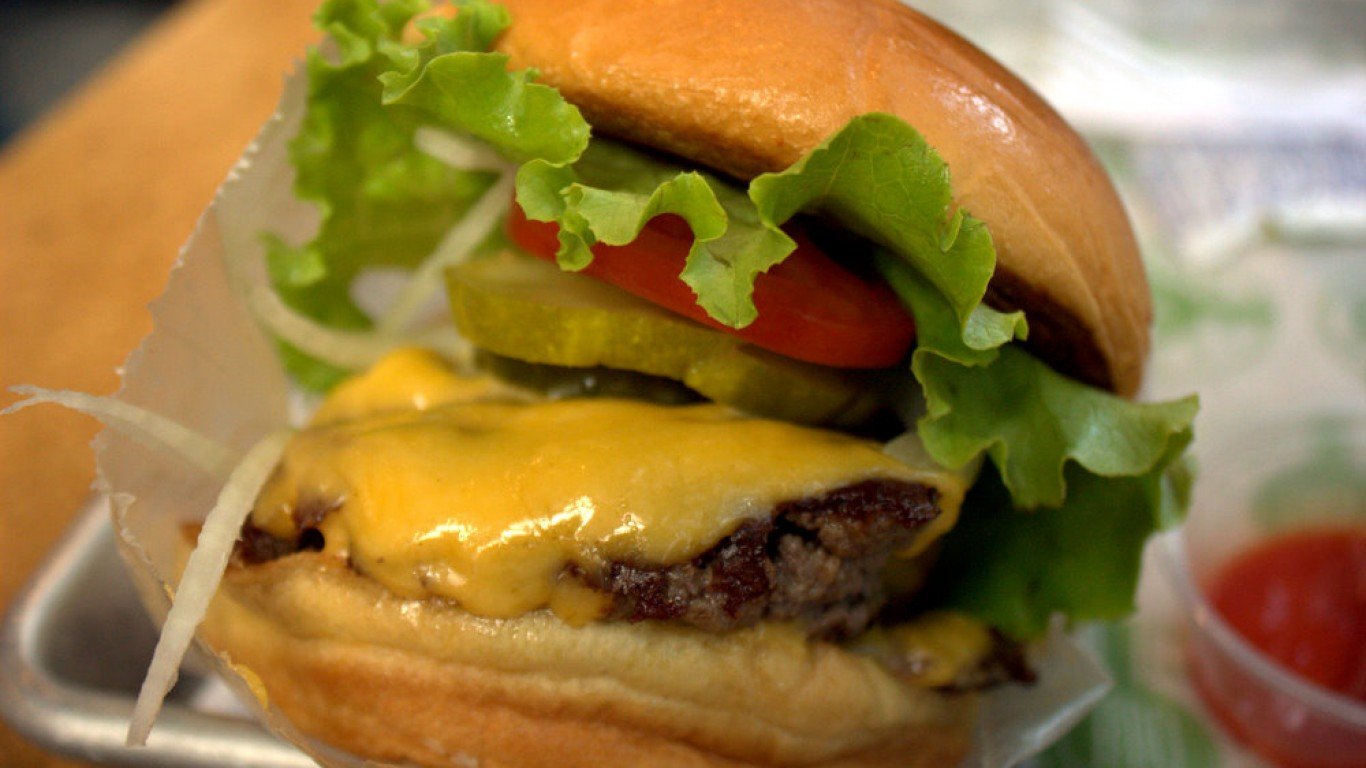Ordering delivery is something that many of us incorporate into our daily routines. We know we should prepare our meals at home but often we are so busy that we either don’t have much time to spend at the market to restock our kitchens or we arrive home from work exhausted and want someone else to prepare our meals.
Enter delivery. The arrival and availability of multiple delivery apps have made many of our lives easier. Just about anything can be ordered online and sent straight to our homes – from groceries and beverages to already-prepared meals – and for those of us in areas that offer numerous options, we’ve become somewhat spoiled, knowing that if we don’t have time, with the touch of a button we can have a freshly prepared meal in about less than an hour.
But just because we can order food this way, doesn’t always mean we should. There are certain items that you might want to think twice about before adding to your cart. 24/7 Tempo reviewed health and nutrition articles as well as restaurant employee confessions and compiled a list of foods that you shouldn’t order for delivery.
From listeria outbreaks to cold, sad steaks, and food that may not be quite as fresh as you think, there are many reasons why a little forethought and a homemade sandwich is well worth the effort. Oftentimes, a new item is listed on the Food and Drug Administration’s recalls, market withdrawals, and safety alerts page.
24/7 Tempo compiled a list of foods that shouldn’t be ordered for delivery by considering foods that have a high risk of spoiling if transported over long distances or present a health risk if not kept in a cold container for long periods. We also reviewed health and nutrition articles as well as restaurant employee confessions. These are 16 signs you are eating at a bad restaurant.
Here are foods you shouldn’t order for delivery
Sushi
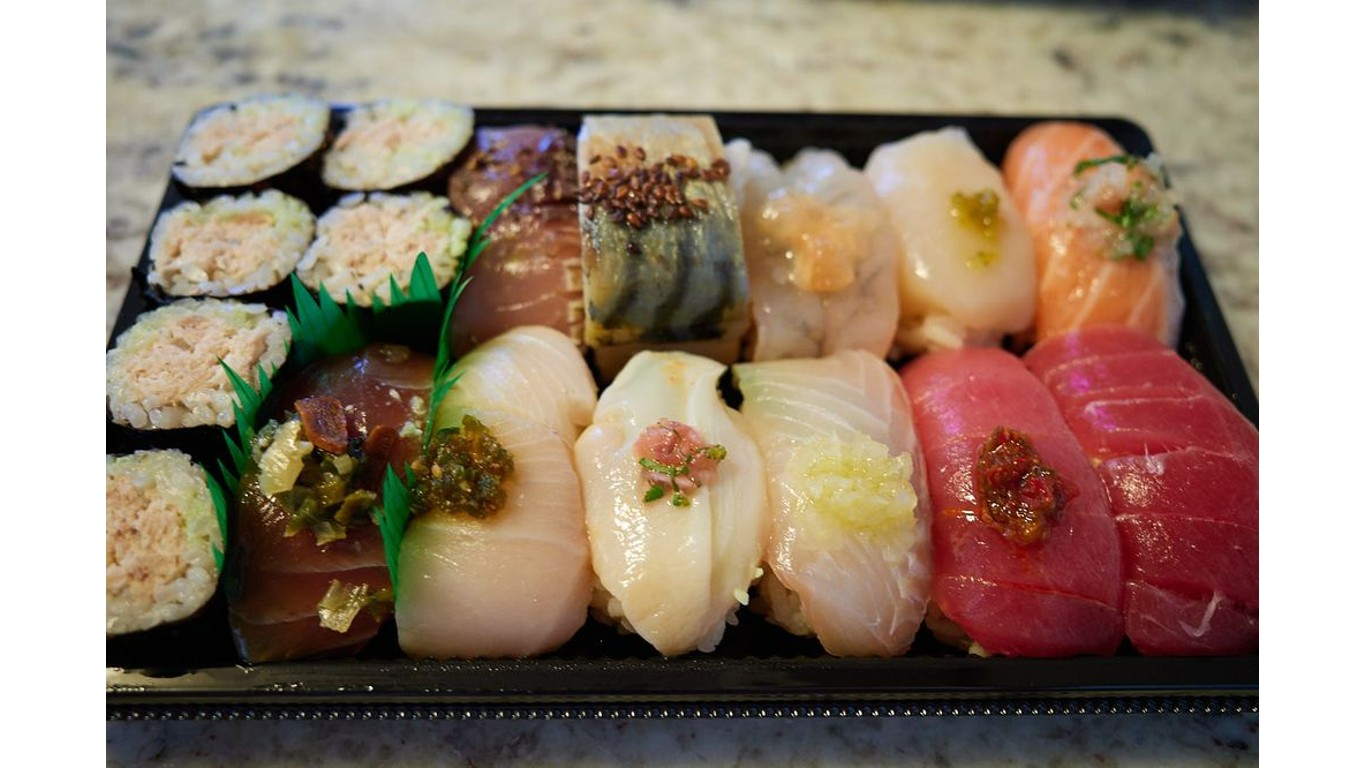
Fish from sushi delivery restaurants is often labeled incorrectly. What you think is tuna may in fact be swordfish, a fish that’s high in mercury and is also a health risk if it’s been at room temperature for too long. You should only order sushi if you’re dining in at a restaurant with ethical, transparent sourcing.
Eggs

Unless you are ordering eggs that are sunny-side up, eggs from many fast food and delivery joints can often come from a carton of liquid that contains multiple additives and stabilizers. However, even real eggs are most likely microwaved rather than fried or poached.
Meatball Subs
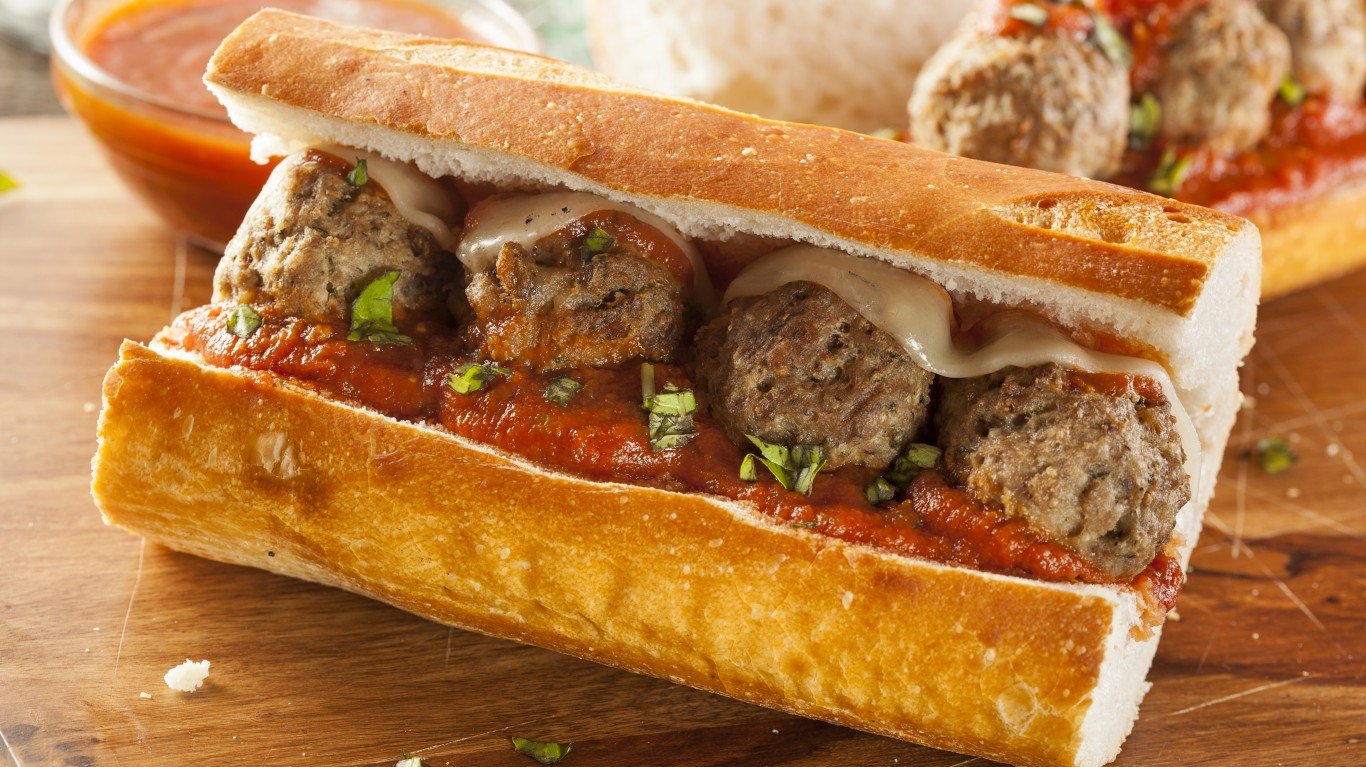
With all that sauce slathered on what should be a crispy roll or hero, it’s almost impossible to keep a saucy sandwich from getting soggy. You’re better off ordering it inhouse or picking it up yourself to avoid a lengthy delivery ride.
Steak
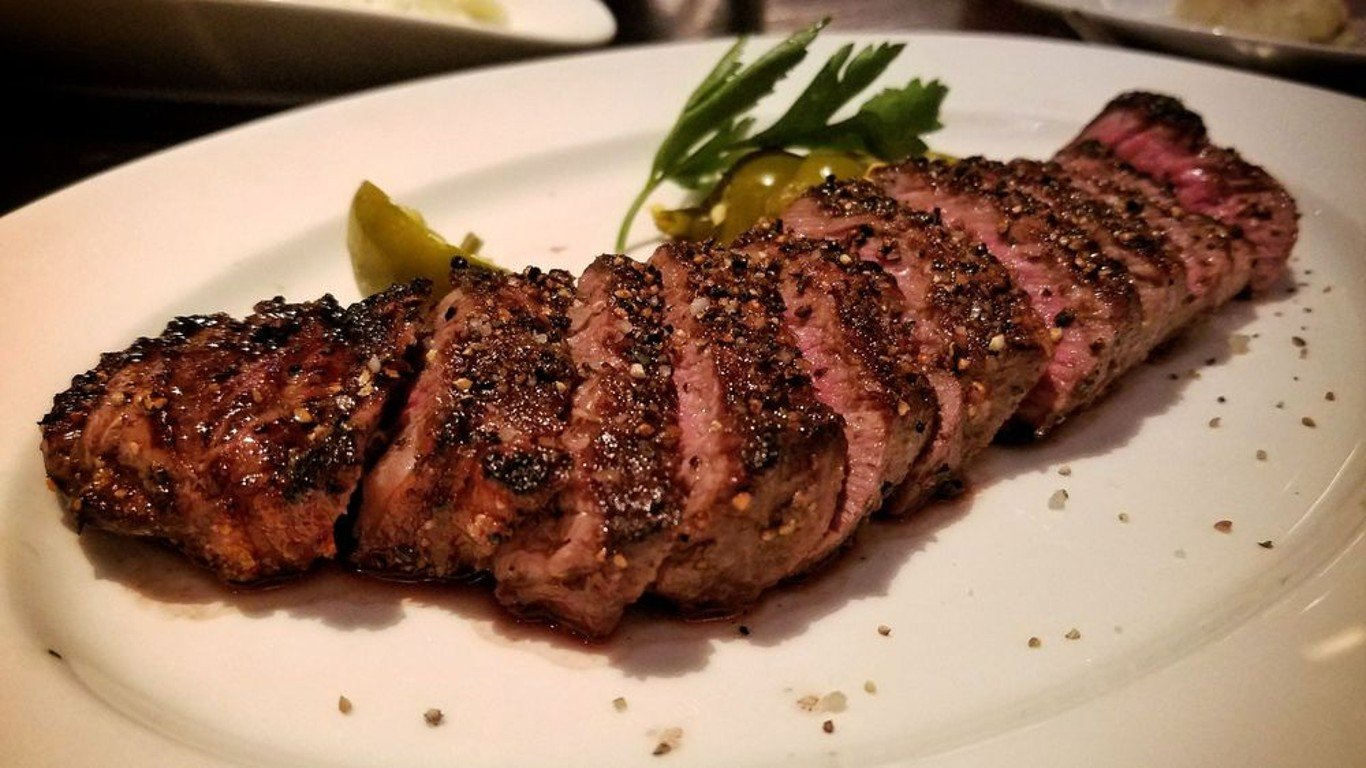
Getting steak from a delivery service often leaves it lukewarm and chewy, which deprives you of the best part of eating it, and why you ordered it in the first place – taking that initial hot bite, with crispy edges and fat that melts in your mouth.
Tuna salad sandwiches
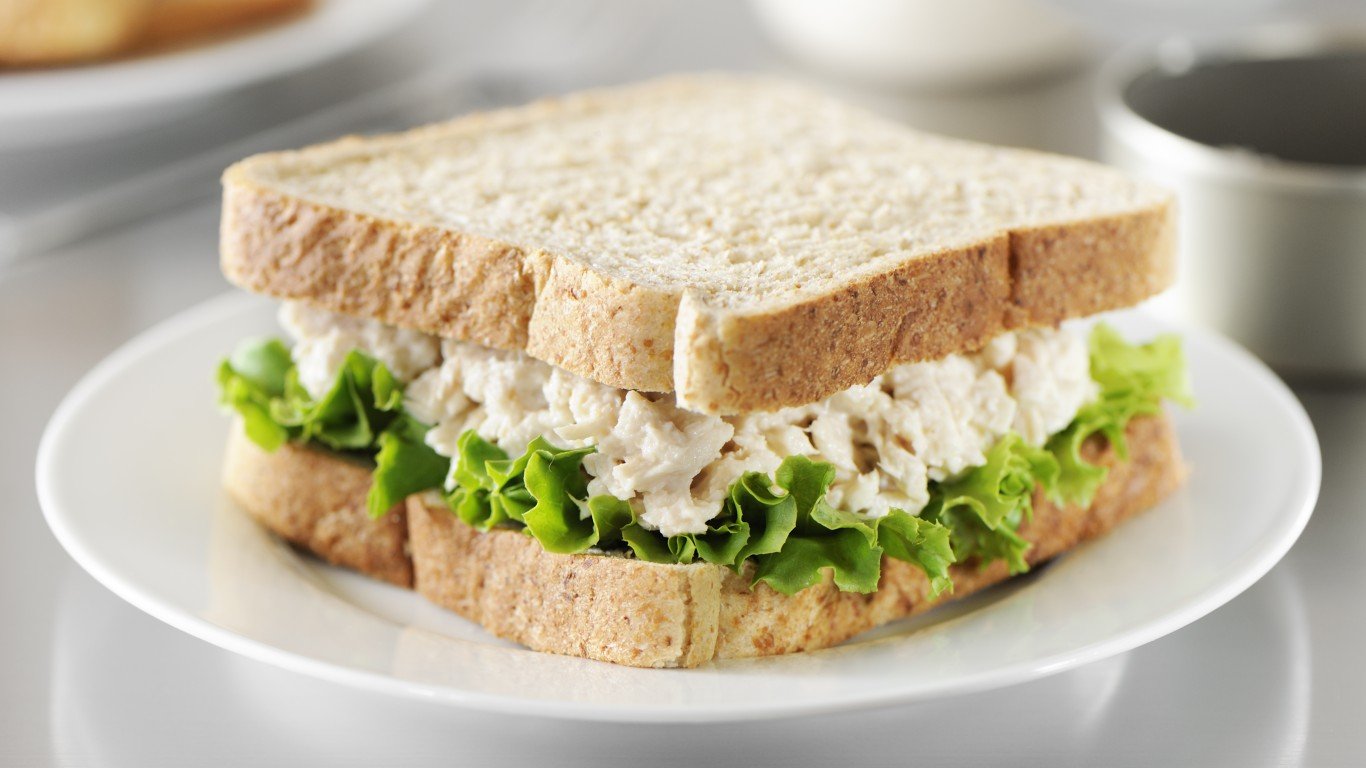
There is something so enjoyable about getting that first bite of a fresh sandwich. But with tuna salad, which is not the most popular menu item, it may sit around for days – sometimes even weeks – before a new batch is made. It can also go bad rather quickly if not refrigerated properly.
Nachos or crunchy tacos
The best part of nachos is the crispy, crunchy tortilla chip under a pile of cheesy goodness. But unless you order them disassembled with chips or shells on the side, these are guaranteed to be a soggy mess by the time they make it to your house.
Cheeseburgers
When you order a cheeseburger from most establishments, it can be a perfect combination of melted cheese, crispy lettuce, firm tomato, and a bun with just the right measure of crispiness and chewiness. But for delivery, you will often get none of this but instead will find a cold, congealed, soggy mess by the time it reaches you.
Smoothies

There’s something so refreshing about having a smoothie or acai bowl fresh from the blender. They are just the right consistency allowing for ultimate enjoyment. But when you order one for delivery, not only do they melt rather quickly, but they can often be loaded with added sugar and dairy.
French Fries

Most of us prefer our French fries crispy and hot, fresh out of the fryer. However, when you wait for delivery, your fries become cold and soggy, leaving them rather unappetizing. Plus, most places use low-quality oils that can leave you feeling sluggish.
Rice Noodles

When fresh, rice noodles are delicious, tender noodles that are somewhat chewy but when you order take-out, they tend to arrive cold which can make them rock hard, or cause them to soak up all the liquid if they’re in soup or sauce. Either way, it’s best to eat these fresh.
Soup

Not only is your soup most likely to arrive lukewarm or cold, depending on how long it’s been in transit, but hot liquids are known to leach chemicals from plastic containers, and most delivery joints don’t use BPA-free plastic.
Bacon
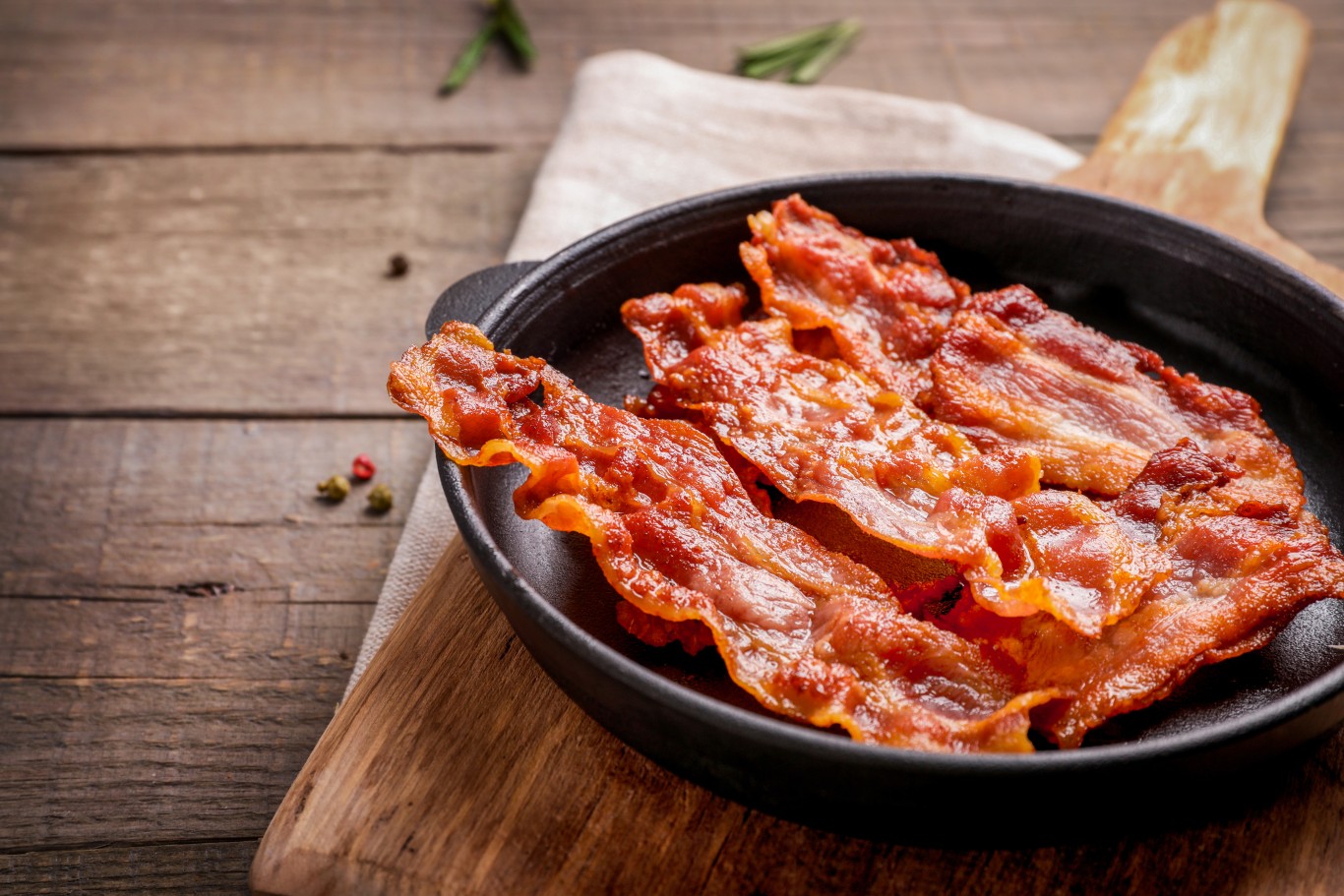
There is really only one way to enjoy bacon – crisp, hot, and fresh. It is undeniably best when served right out of the pan. When you order it from an app or online, it will most likely arrive either cold and floppy or the exact opposite cold and slightly burnt.
Onion Rings
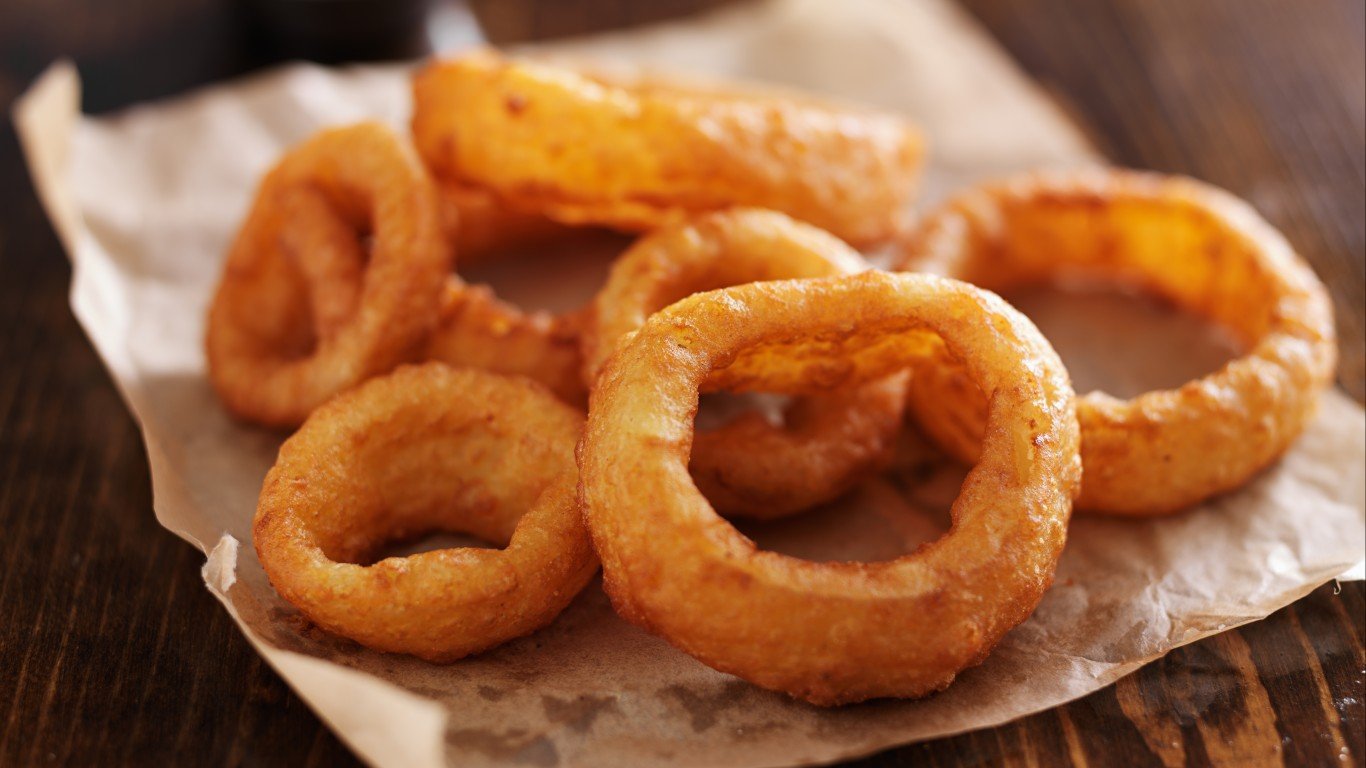
Like most deep-fried foods, onion rings are delicious when they’re hot and crunchy. After sitting in a closed container for 15 minutes, however, the breading will fall off leaving you with soggy, cold, and breadless onions.
Salad
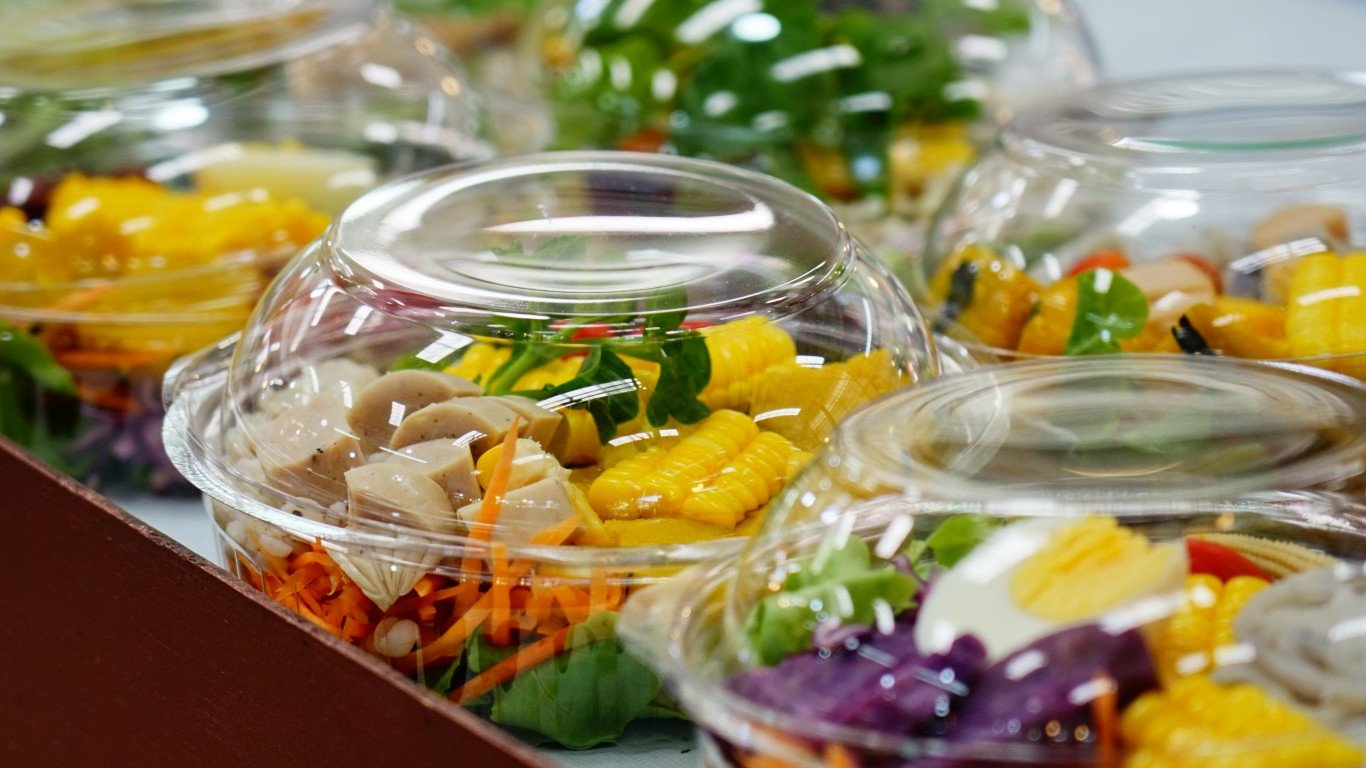
You may think that salads are served fresh to order but many of them are generally pre-made once or twice a week and sit in plastic containers until the toppings are added. Due to the moisture levels and the fact that they’ll be served raw, salad greens are a breeding ground for bacteria such as E. coli and salmonella. Plus, many places will add the dressing to the mix and by the time it reaches you, that once crispy lettuce is now a soggy mess.
Chili
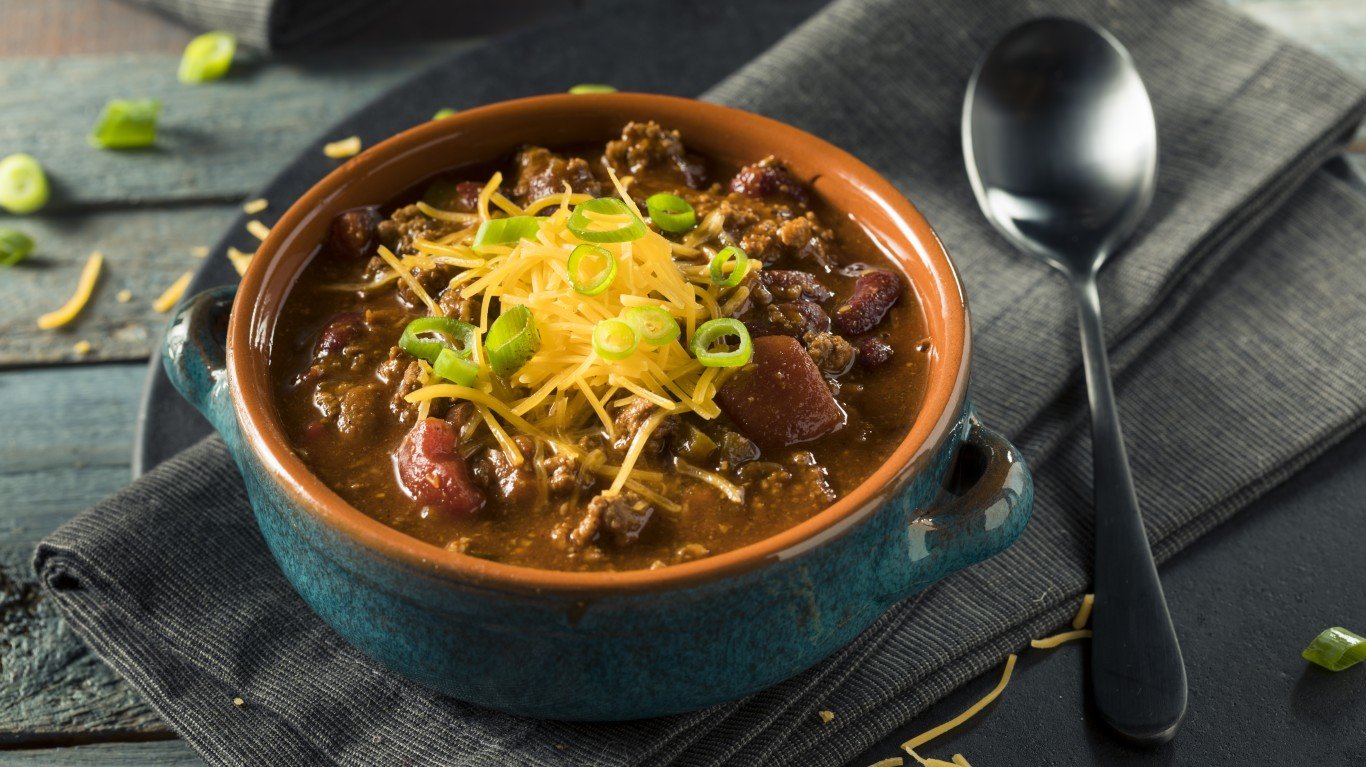
When made fresh, chili can be a bowl of comfort, but as a delivery item, it is often made from leftover beef patties that dried out under a heat lamp, or ground beef that needs to be cooked before it expires. Chili is already a catch-all for old meat but when it moves from the fridge to the warmer for days, being reheated each morning, it doesn’t really make it a comfort to enjoy.
Well-done steak
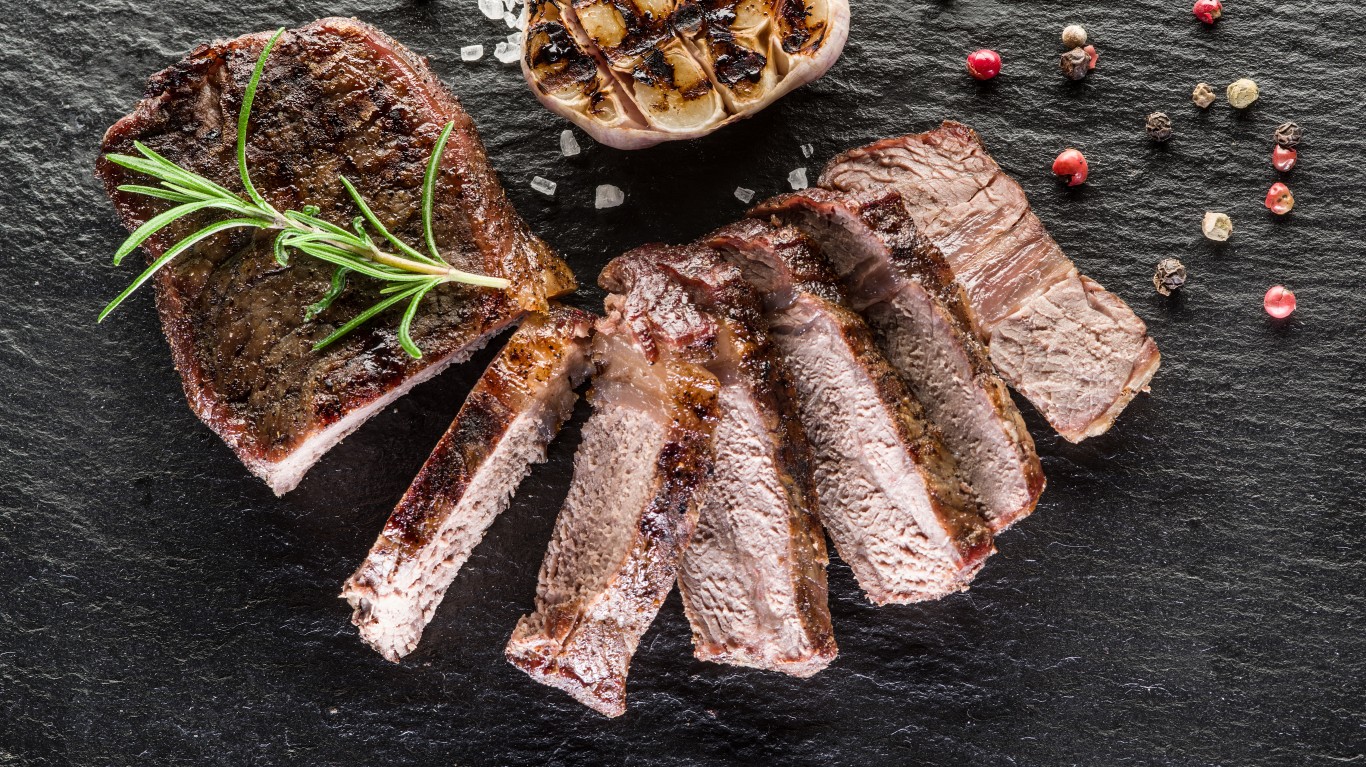
Restaurants don’t typically like to serve steak well done but at times, it is the perfect opportunity for the cook to use up the oldest piece of beef in the fridge, cooking it to a crisp to disguise the smell. You never know what you may get so it’s best to save the steak for dining in.
Antipasto salad
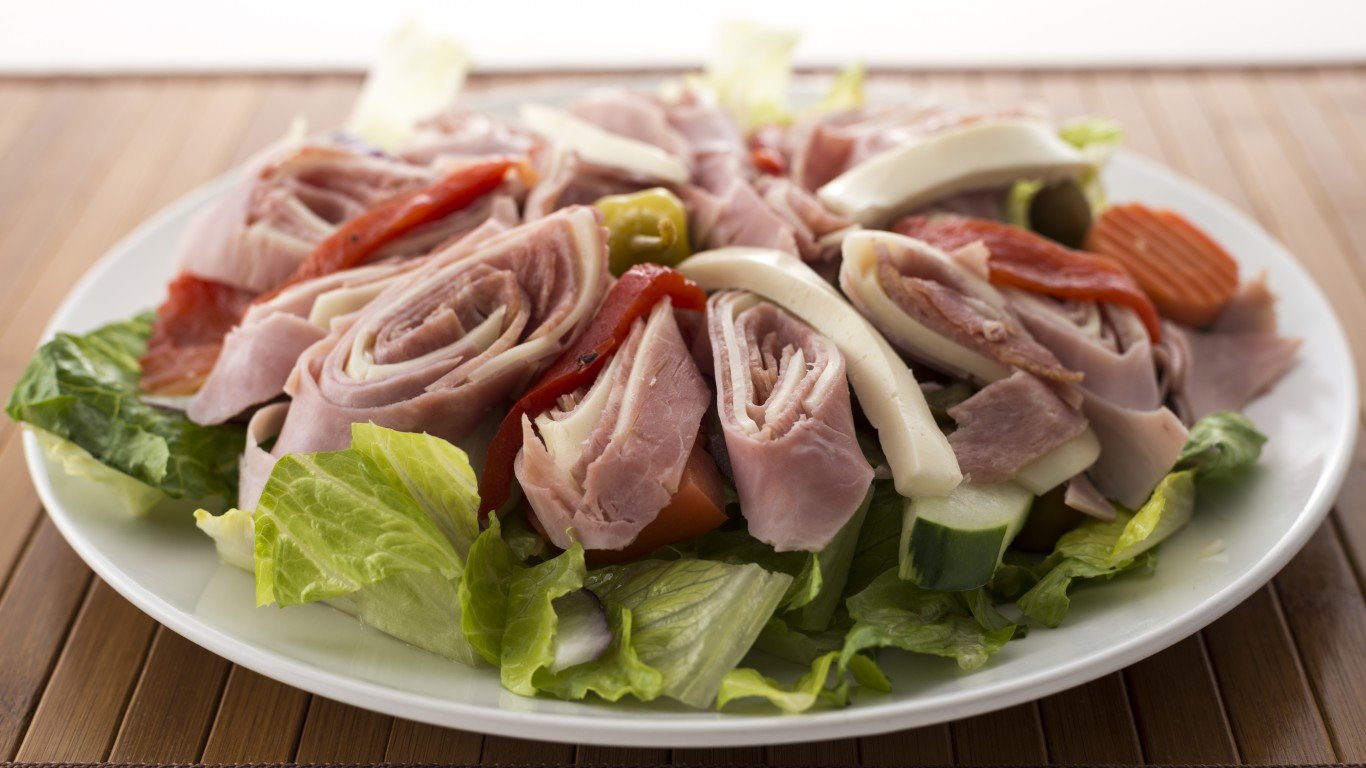
Many establishments might try to push off older lunch meats and cheeses that may not be quite so fresh by serving it in an antipasto salad covered with Italian dressing that can mask the less-than-fresh food.
Anything with avocados
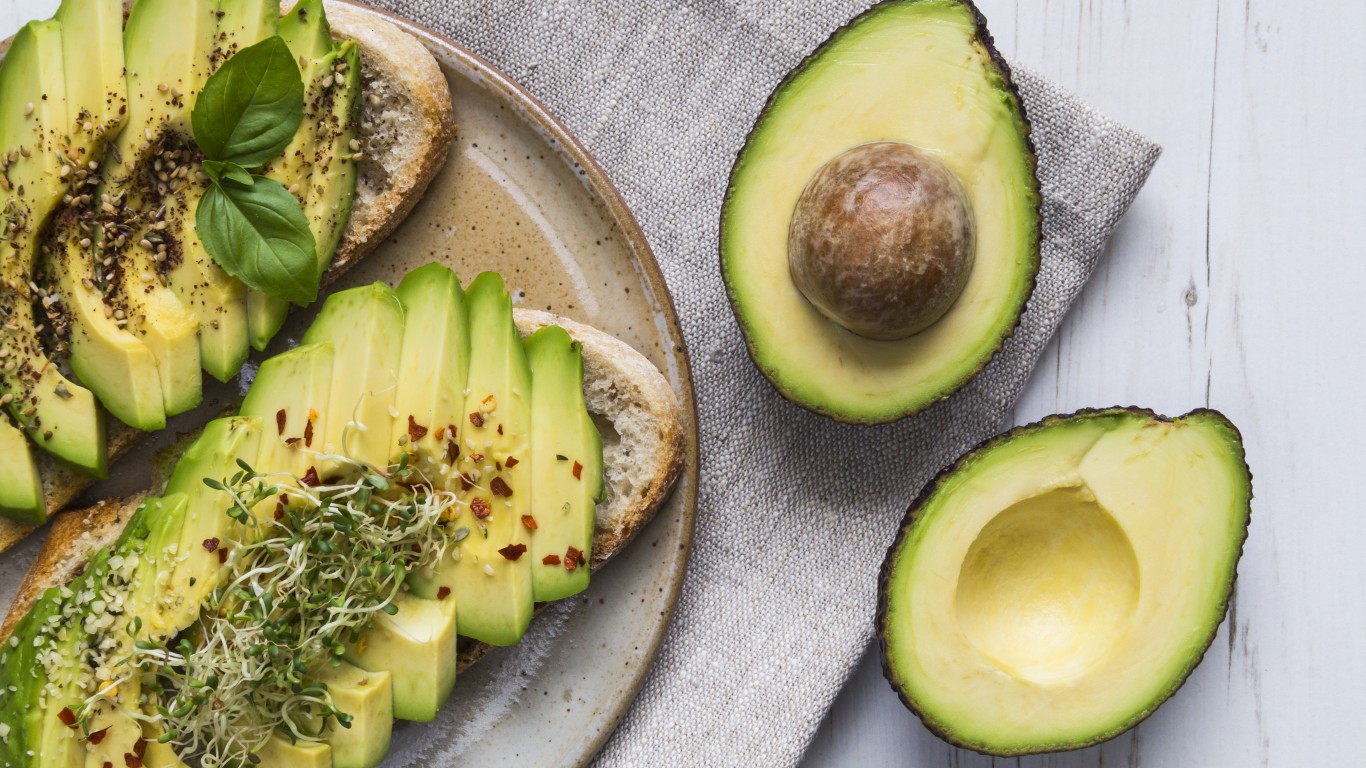
There’s no denying that avocado is just about everyone’s favorite toast topper. The only problem is it oxidizes so quickly it’s likely to be brown by the time you receive it.
Veggie burgers
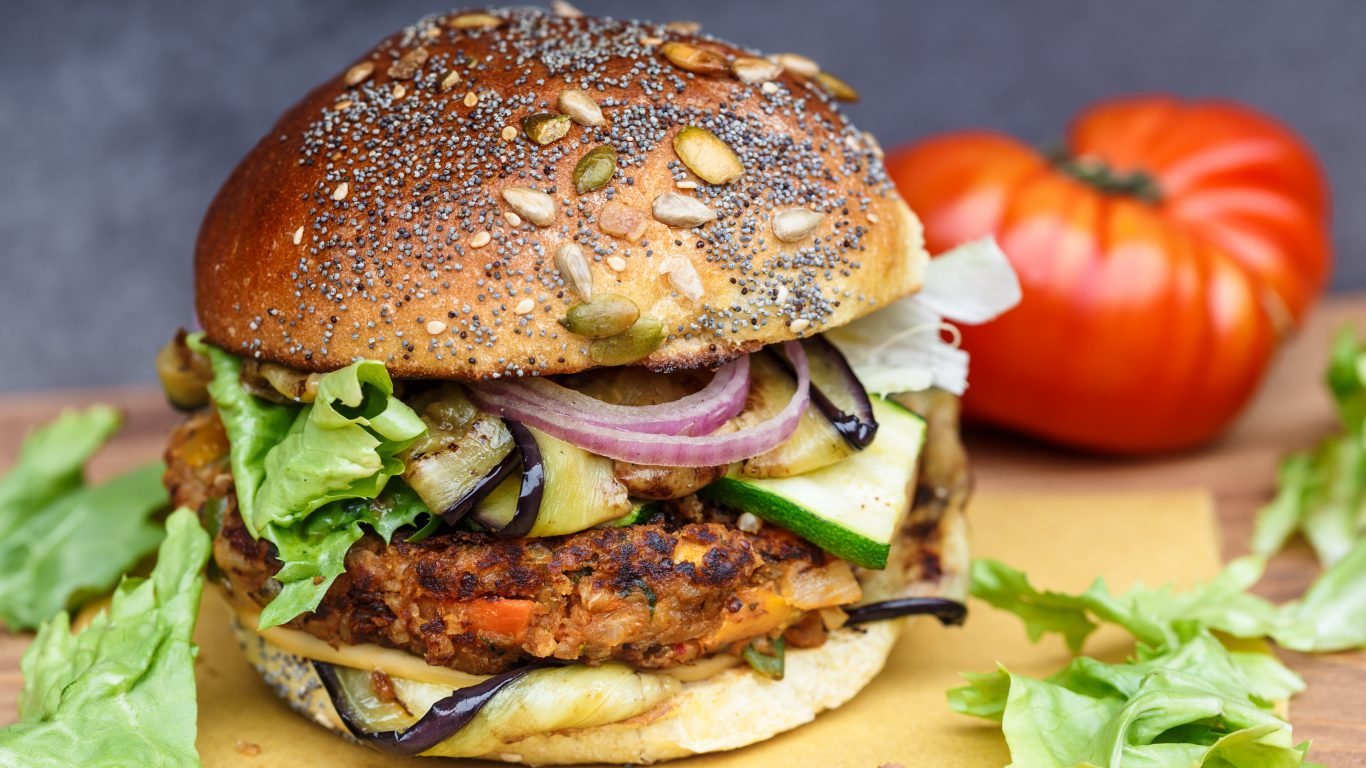
Finding a restaurant that offers veggie burgers can be exciting, not just for those non-meat eaters but for some who prefer changing up their diets on occasion. While these plant-based burgers are becoming more widely available at fast food establishments, they may not always be as fresh as you think. They are often taken from the freezer, microwaved, and then finished on the same grill that’s used for meat.
Sprouts
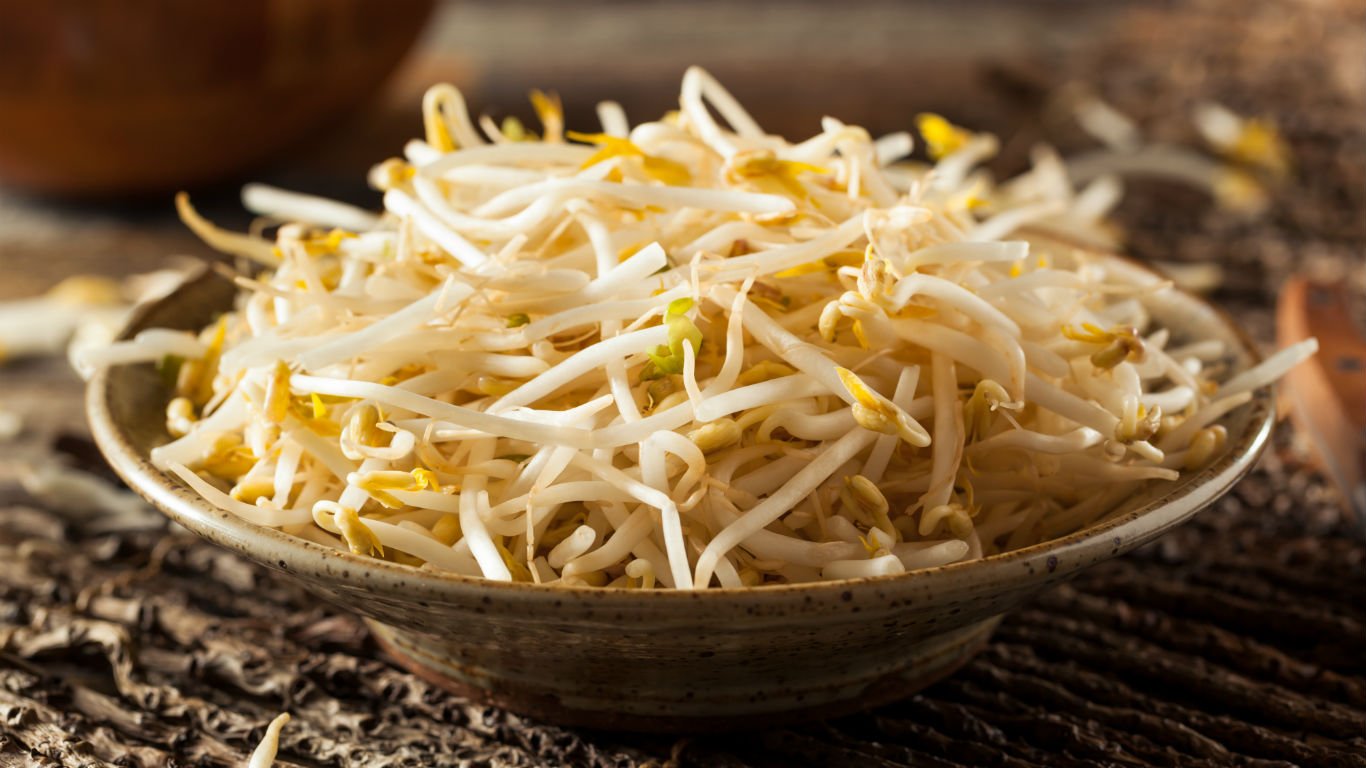
Sprouts are always served uncooked and coupled with their moisture content are the perfect breeding ground for bacteria. In 2018, a multistate outbreak of salmonella at Jimmy John’s was linked to contaminated sprouts.
Refried beans
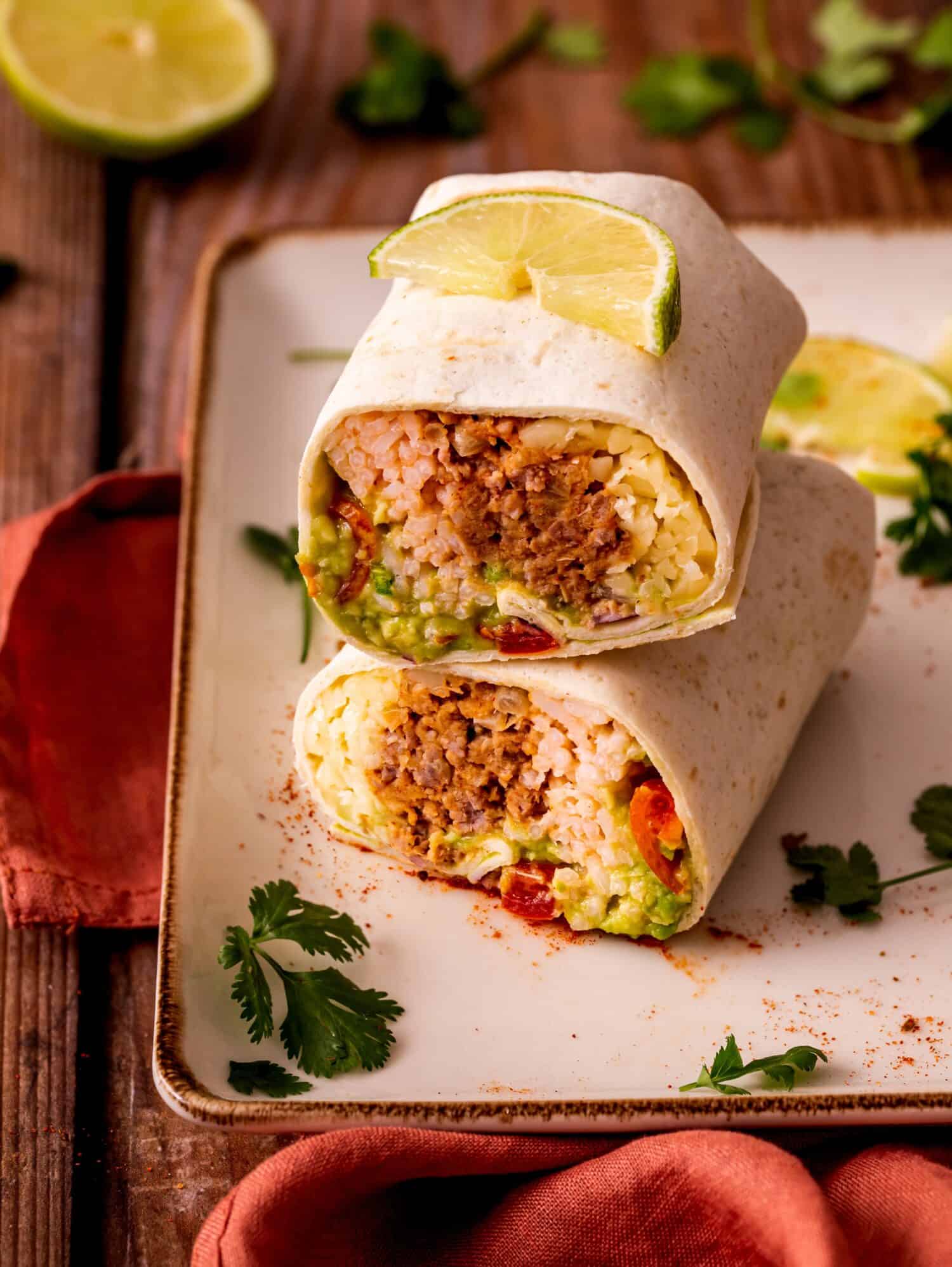
Refried beans are used in many foods – from burritos and tacos to nachos – but they are likely prepared in bulk and kept warm for serving. This can result in bacterial growth that causes food poisoning if the beans aren’t heated to a high enough temperature to kill the bacteria.
Hummus
Not all places make fresh hummus which can cause this once-healthy snack to become dangerous. Unless it’s from a place that specializes in hummus, this high-protein bean spread is likely to be days old and possibly full of bacteria and microbes.
Deli meat sandwiches
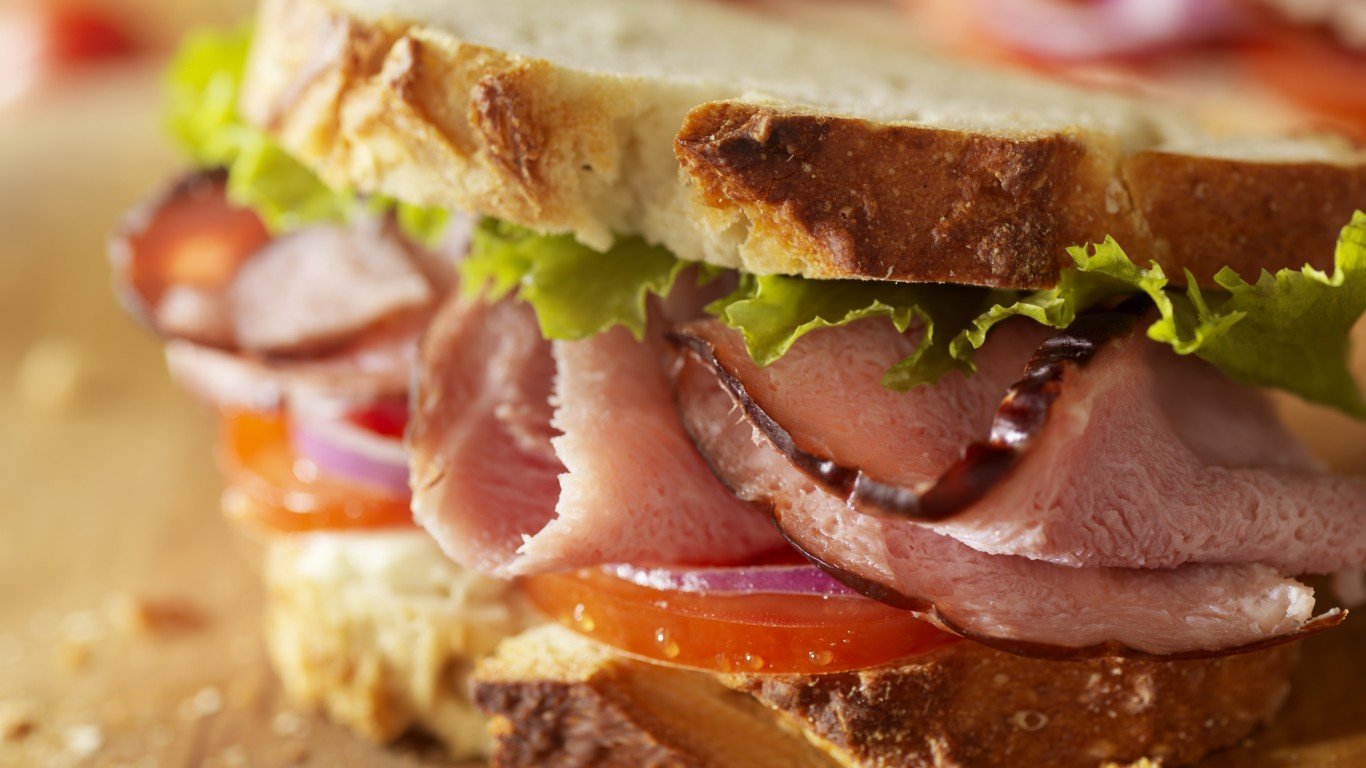
Deli meats are one of the more popular items in delis everywhere – pastrami, ham, and turkey are just some of the favorites among sandwich consumers. But they can carry a high risk of food poisoning from various bacteria including listeria, which can infect meat in the processing plant, even when it’s kept refrigerated.
Fresh fruit salad

When ordering delivery, it may often seem as though you can’t go wrong with fresh fruit salad. However, certain fruits tend to carry bacteria, including listeria, that are hard to remove unless thoroughly washed. In addition to arriving soggy and mushy, fruit is typically cut and stored for days and isn’t an item that’s typically cooked, which increases the risk of contamination.
Rice
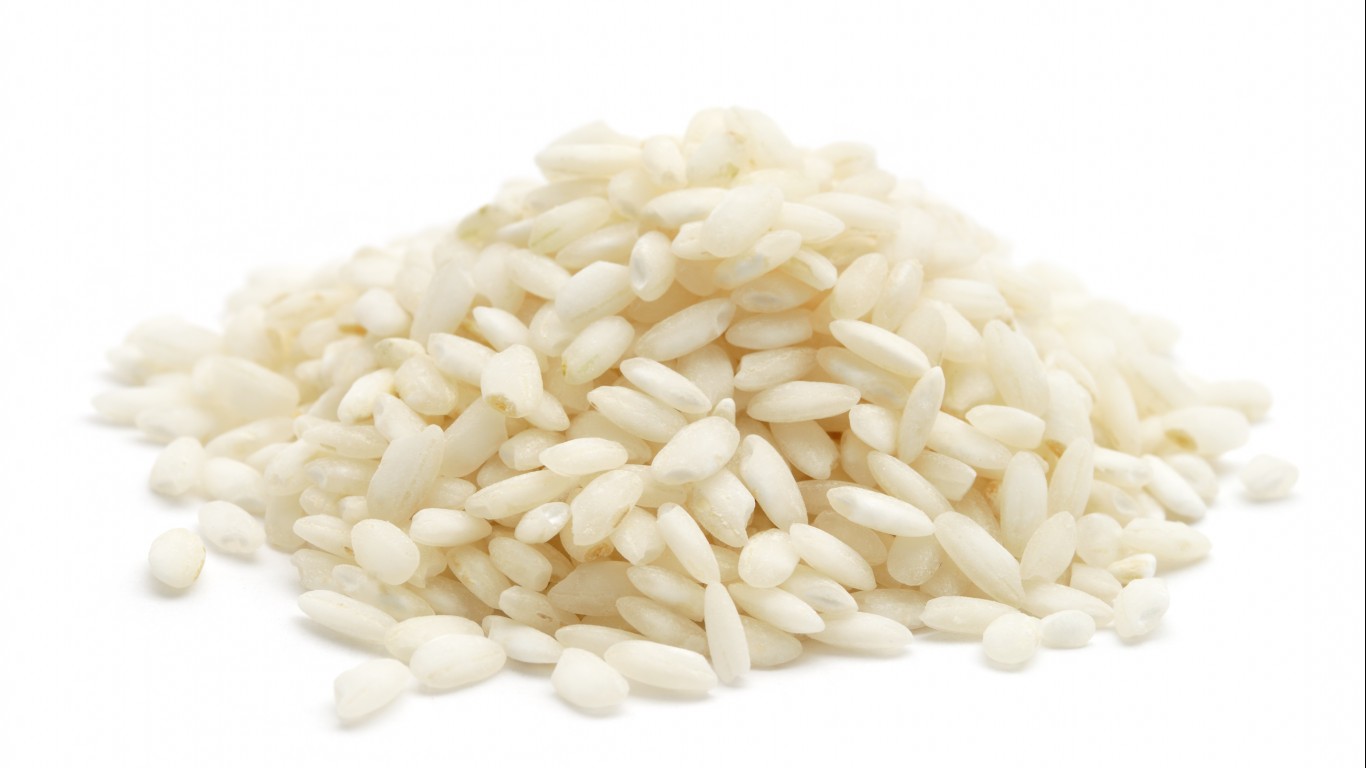
Rice may seem harmless but it can have severe health risks. This is a food that unless served immediately after cooking, may cause food poisoning. Bacillus cereus spores, which are carried on dried rice straight from the field, can survive the heat of cooking. They’re not a problem if the rice is eaten right away, but if the cooked rice starts to cool and sits in a warming pot all day, the bacteria proliferate and can cause illness.
